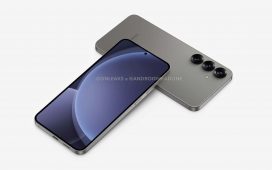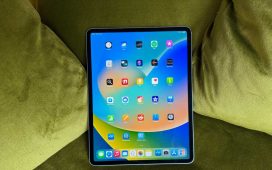T-Mobile 6G NVIDIA collaboration marks a significant step in advancing wireless technology. On November 5, 2024, T-Mobile announced a new initiative to integrate artificial intelligence directly into radio access networks (RAN), partnering with NVIDIA to enhance mobile connectivity and pave the way for 6G.
Injecting AI into the RAN
The partnership aims to leverage NVIDIA’s expertise in artificial intelligence to improve the performance of T-Mobile’s network. By embedding AI into the RAN, the company hopes to boost speeds not only for 5G users but also for future 6G applications. The integration may involve using NVIDIA’s Grace Hopper GPU, known for its high-performance capabilities. However, this approach comes with substantial costs, raising questions about the practicality of deploying such technology at scale.
While the potential for enhanced speeds is appealing, some experts argue against relying solely on high-performance large language models (LLMs) for AI operations in the RAN. They suggest that smaller language models (SLMs) could provide a more cost-effective solution, allowing for efficient operation without the hefty price tag associated with GPUs. The industry continues to evaluate what roles AI can play in optimizing RAN performance without overextending budgets.
Fujitsu is also making strides in this area, demonstrating AI capabilities in its 5G radios during the recent Mobile World Congress. The company utilized NVIDIA’s Superchips to enhance signal processing, resulting in a notable increase in upload speeds. Fujitsu’s Rob Hughes reported a significant improvement, showcasing the potential of AI-powered RAN operations.
Fujitsu plans to release its enhanced radios later this year, indicating strong market interest in AI-driven technologies. Meanwhile, other players, like Nokia, are exploring similar partnerships with NVIDIA, highlighting a broader trend in the telecommunications industry.
The future of RAN with NVIDIA
The ongoing discussions about the need for high-performance AI solutions in RAN operations reveal a complex landscape. While the allure of advanced GPUs remains strong, some experts believe that alternative computing solutions could suffice for specific tasks within the network. With the industry gearing up for 6G, the focus may shift toward more efficient computing methods that can support the growing demands of mobile users.
As T-Mobile 6G NVIDIA moves forward, the smartphone carrier industry will closely watch how these developments unfold. The push for smarter, faster networks could redefine mobile connectivity, offering users unprecedented speed and performance in the years to come.








